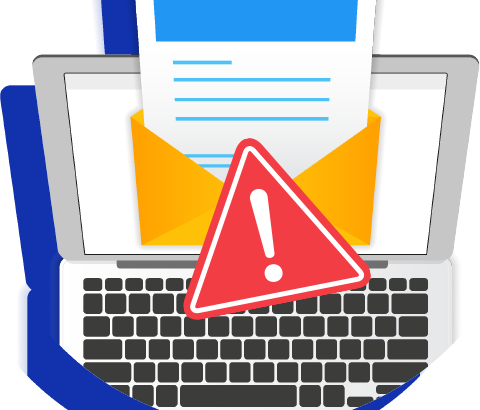Are you wondering how DMARC is a simple solution to avoid spam? Here is a thorough explanation of what DMARC is, how it helps to prevent spam, and why your business requires it for security.
What is DMARC?
DMARC stands for Domain-Based Message Authentication, Reporting, and Conformance Solutions, which is used to make email communication safer. DMARC is designed to safeguard the email domain from hackers who use it for many purposes, including email spoofing or phishing scams.
It continuously monitors the domain’s outgoing email, and the receiving server uses the DMARC data to confirm whether the email is originating from a reliable source or not. DMARC is an email policy layer that ensures that emails fulfill two standards:
- DomainKeys identified mail (DKIM)
- Sender-Policy Framework (SPF)
These two standards ensure that Emails are not including phishing scams and that emails sent from your domain are DMARC-compliant. So, they are not flagged as risky email messages.
Benefits of Using DMARC
There are several top-notch advantages of using DMARC on your email server. Many brands or even Government organizations are using DMARC for security which even allows:
- Gain visibility into the email channel to identify the legit and malicious usage of the domain
- Make sure legit email is delivering while malicious email is not
- Get notifications when modifications to the email infrastructure could affect the delivery of legal messages
- Identify threat sources so that they are prepared to prevent attacks before they happen
- Boost email reputation score and trust
Why Use DMARC for Email?
Email is included in a number of all network attacks, and without using DMARC, it is quite difficult to identify whether the email is fake or real. DMARC helps the domain owner secure and safeguard their domain from malicious use by fighting CEO fraud, spoofing, or phishing.
Furthermore, there are more than 5 billion email accounts worldwide, and the email channel is the only one with a larger audience. It ensures that the hackers use this channel for illegal purposes.
In this situation, compliance (DMARC) adds value. DMARC not only offers comprehensive visibility into email channels and also highlights the phishing scams. DMARC is powerful enough to prevent malware attacks and scams and protect against brand abuse.
Conclusion
DMARC instructs the receiving servers to verify the authenticity of emails originating from an organization’s domain. Using DMARC, the company can fully understand its email channel and phishing attacks coming from its domain, which was previously only possible after the attacks. However, it plays a great role in securing a domain from malicious threats, which are possible via emails.
